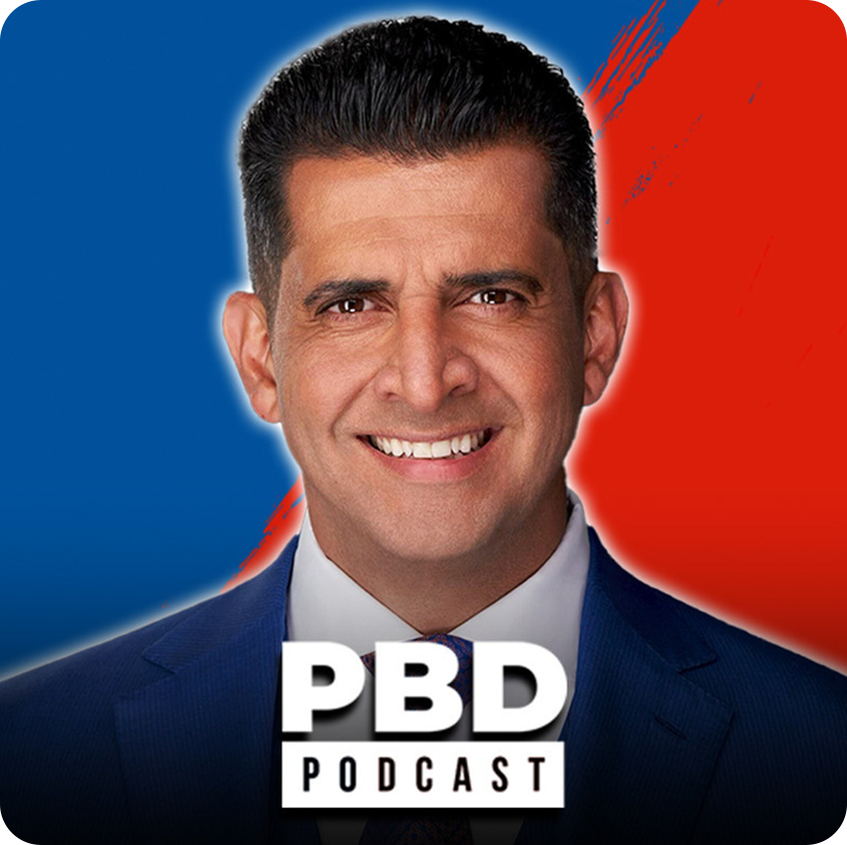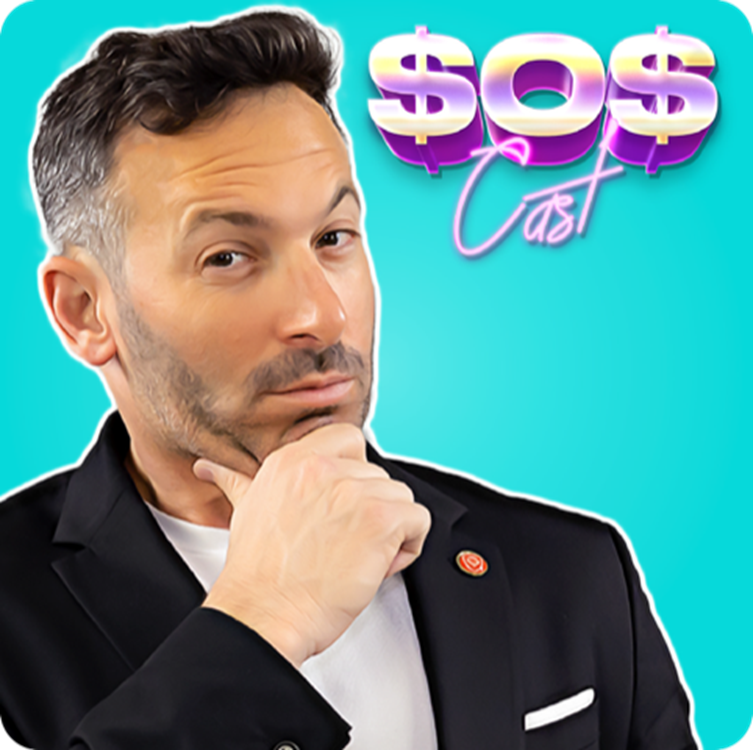A group of 327 repeat shoplifters are responsible for more than 6,000 instances of retail theft. These professional thieves continue to ransack department stores and pharmacies to resell the merchandise on eBay. Out of last year’s 22,000 such apprehensions in NYC, more than 6,000 arrests were of the same offenders. Roughly half of the 327 crooks are convicted felons, and critics say the blame lies in New York’s bail reform, leaving non-violent criminals free to roam the streets.
Police Commissioner Keechant Sewell stated, “Numbers such as these illustrate how impactful recidivism really is.” He went on to add, “It is disheartening to the affected businesses. It is inefficient. It is counterproductive to public safety and frankly, it is a perpetual carousel of police resources.”
By the end of 2022, the robbery of items costing less than $1,000 had skyrocketed by 53 percent since 2019 at department stores and chains, according to data from the John Jay College of Criminal Justice.
Police analysis of the 327 shoplifters revealed that some partook in the robberies as a trade and as shoplifting-to-order ring members, while others were led by mental illness or drug addiction. The group of thieves targets most of the same stores—seven chain pharmacy stores and 18 department stores accounted for one-fifth of all incidents.
To deter shoplifters from taking items such as razorblades, laundry detergent, and toothpaste, drugstores have recently begun to lock these things in transparent cases, requiring attention from a store attendant if a shopper wants to make a purchase. The extra steps of finding an assistant with keys have proven tiresome for consumers. According to Indyme, a theft technology company, sales are suffering by as much as 25 percent.
New York City’s storefront business are already tasked with the gradual reopening from the COVID-19 pandemic along with inflation, and now these anti-shoplifting measures are an additional hurdle.


















Add comment